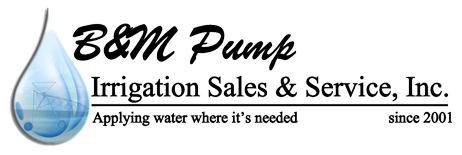When To Use A Submersible Pump
What Is A Submersible Pump?
A submersible pump is a type of water pump that’s fully immersed in the liquid being pumped. This makes the pump more efficient than other types of pumps because it won’t run into problems like cavitation, which can cause parts to become vaporized. When buying a submersible pump, it’s important to consider its capacity. Some pumps are able to process up to 7,500 liters per hour, while others can handle up to 18,000 liters. Some other important features to look out for include safety rope, pitless adapters, and flow controls. All of these products work together to protect the submersible pump in your well installation and ensure that it functions as it should.
When Do You Need To Use A Submersible Pump?
To determine if you need to use a submersible well pump, the first thing you should do is check the depth of your well. The deeper the well, the more powerful your submersible pump must be to lift the water. Once you know the depth of your well, you need to decide if you want to install a jet pump or a deep-well submersible pump. A jet pump is designed to work with wells that are up to 110 feet deep, while a submersible pump can handle water up to 400 feet below ground. It is also important to remember that submersible pumps require a constant source of fresh water, so you must ensure that the level of the water is sufficient for the motor to stay cool and run at its best. If the water level in your well drops below the pump’s impeller, it will stop working and the motor may burn out.
How Do You Use A Submersible Pump?
Submersible pumps can be used for a variety of purposes, from pumping water in your garden to emptying a pool or draining a flooded basement. When it comes to pumping dirty water, such as mud or sediment, you may need to buy a pump with a special filter screen attached. This can prevent the pump from sucking in small pieces of debris and will make it easier to drain the entire water source. It’s also a good idea to remove any sediment in the water before you drain it. The final thing to keep in mind when using a submersible pump is to avoid overflowing the area you’re working on. As such, you should locate a drainage system that can take the excess water. Equally as important, make sure to turn off the electricity to the area you’re draining before you start. And once you’ve located the drain, you can plug the pump in and begin working. The water should begin to drain within several minutes. Be sure to check the water level frequently so you don’t overfill the area!
Categorised in: General
